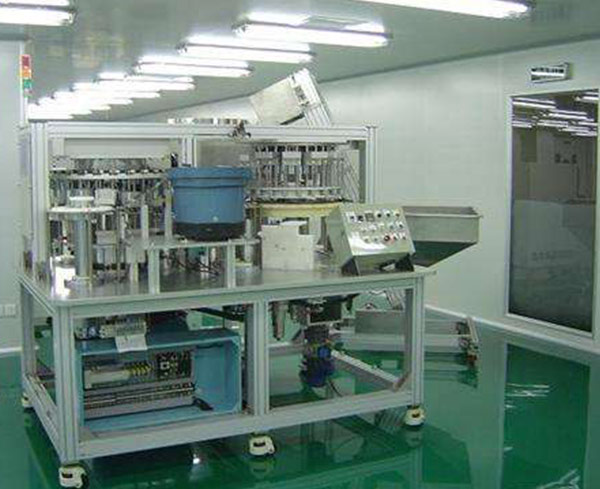24-hour service hotline:0755-29103270
Welcome to Shenzhen Zhongjing Global Purification Technology Co., Ltd.!

backtrackCurrent location:Home / Engineering / Cosmetic GMP purification workshop
Author: Shenzhen Zhongjing Global Purification Technology Co., Ltd.Time:2018-07-26 11:29:52Views:3066

A daily necessities that are discarded after use and that are directly or indirectly in contact with the human body and are used for the purpose of physiology or health care (antibacterial or antibacterial), the product properties may be solid or liquid. . For example, disposable gloves or finger cots (excluding medical gloves or finger cots), paper towels, wet wipes, sanitary wipes, telephone films, hats, masks, underwear, women's menstrual hygiene products (including sanitary pads), diapers, etc. Excreta hygiene products (excluding toilet paper such as wrinkle toilet paper), condoms, etc., are collectively referred to as “hygiene products” in this standard. 9.4 Configuration of necessary production and quality inspection equipment, complete production and quality inspection records, and practical guarantee Product hygiene quality.
2. If flammable or explosive materials or harmful substances are used in the production process, they must have corresponding safety protection measures and comply with relevant national standards or regulations.
2 Raw materials and finished products should be piled up separately. The materials to be inspected, qualified, unqualified raw materials and finished products should be stacked separately and clearly marked. The warehouse should be dry, clean, ventilated, and set up pest control, anti-rat facilities and mat board, in line with product preservation conditions.
3 Enter the production area to change work clothes and work shoes, wear work hats, direct contact with bare products, wear masks, wash and disinfect hands or gloves; dressing room, sink, disinfection pool should be provided before the production area With the buffer,
4 Personnel engaged in the production of sanitary products should maintain personal hygiene, must not leave nails, do not wear jewelry when working, long hair should be wound in the work cap. Patients with dysentery, typhoid fever, viral hepatitis, active tuberculosis, condyloma acuminata, gonorrhea, and purulent or exudative skin diseases or pathogen carriers are not allowed to participate in production activities that are in direct contact with the product.
5 Personnel engaged in the production of sanitary products should be trained in health inspection and health knowledge (including production hygiene, personal hygiene, relevant standards and norms) before and during the regular (once a year). Only qualified persons can be employed.
6 poison process requirements
7 disinfection grade products must be disinfected by means of effective disinfection methods such as ethylene oxide, ionizing radiation or pressure steam. The disinfection equipment used must comply with relevant sanitary standards.
